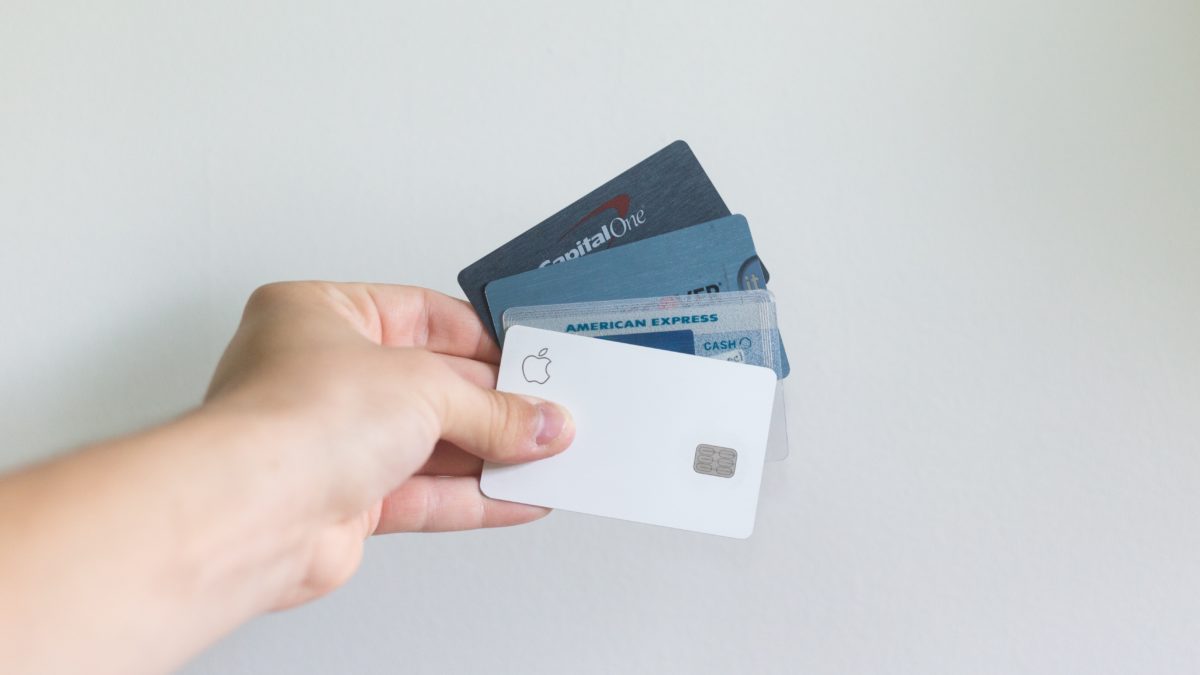Having bad credit will seriously limit one’s financial experience. The bad the credit rating, the bad the experience. Bad credit is commonly described as any credit score below 650, but this may vary based on credit use. Bad credit will result in higher interest rates, reduced funds offered on loans, rejection of credit cards, and a more challenging time making daily payments like purchasing a vehicle, obtaining a mortgage, or other similar tasks. It can also result in job rejection for positions that review credit history.
Repairing your credit can be more complicated than starting again. You’re attempting to demonstrate to credit card companies and lenders that you will make future payments as negotiated despite mistakes on your side or disasters outside your control.
Fortunately, repairing bad credit is highly possible. Here are four practical tips for repairing your bad credit.
Check Your Credit Rating
Check your credit report to get a better view of your credit image and what creditors can view. It will provide you with a rundown of the risk factors affecting your rating, allowing you to make adjustments to increase your rating.
If you discover incorrect facts, you should file a dispute with the credit rating firm whose report you discovered it. You can also notify the creditor who is reporting the incorrect details personally to request that their records be corrected.
Pay on Time
Your payment history is the biggest risk factor impacting your credit rating. Missed and late payments will reduce your credit rating, and collections and bankruptcies will cause severe damage. Late payments remain on your credit rating for up to 10 years.
Your credit report also considers the magnitude of your loan as well as the timing of your late payments. Generally, the greater your debt and the more recent your late payments, the lower your credit score. Keeping accounts current and attempting to make on-time payments would undoubtedly positively affect your credit ratings.
If any of your bills have already been sent to collections, prioritize those on which your account is still active. Collectors can produce far more noise, but they are not your primary concern.
Keep Majority of Your Credit Card Limit Available
The credit utilization ratio is the comparison between what you owe and how much credit you can access. Simply put, it’s the amount of all your outstanding debt divided by the maximum credit available to you multiply by 100 to get a figure.
High credit utilization will significantly impact your credit rating. In general, keeping your credit utilization level under 30% is a smart idea. Here is how you can reduce your credit utilization rate.
• Consolidate your debts with a personal loan from Associates Home Loan
• Open a new credit card account or seek a credit limit raise on a current card to increase the total available credit
• Begin settling down account balances
Apply For a Credit Rebuilder Loan
A credit builder loan from Associates Home Loan will enable you to improve your credit rating. You would be required to provide proof of income and demonstrate the capacity to pay. The lender keeps the funds as you repay and delivers them to you after you have completely repaid the loan.
If you have money saved up, you can borrow against it with a certificate- or share-backed loan. This is a secured loan backed by funds in your savings, stock market, or CD portfolio. The bank holds the money until you pay it back.
Credit misfortunes and mistakes eventually melt away. The effect on your credit rating and the time it takes to repair is determined by the magnitude of the error and how recent it is. Use the above tips to fix your bad credit to have a better financial experience.
